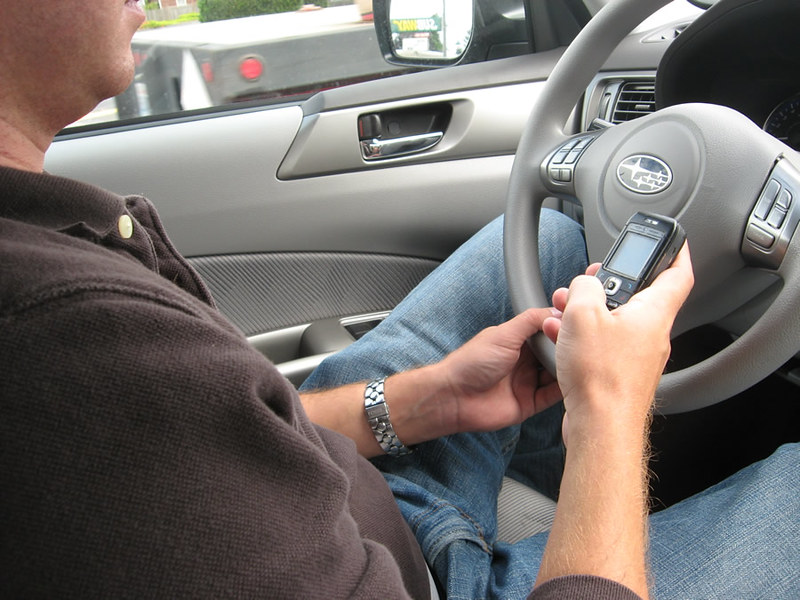How Do Drivers Hold Their Phones?
The Challenge
During the EuroNCAP project, the working group was choosing distraction tasks. How to test phone distraction was the biggest dispute.
Detecting behavior around phone use is critical, but, there are many places to hold the phone. Do drivers hold it above the wheel, resting their arms and making it easiest to see? Do they put the device in their laps to hide it, craning their necks? Do they hold it toward the outside of the vehicle, resting their arm on the door? All of these locations impact detection effectiveness, but covering all of them would drastically increase study complexity.
Which locations should we prioritize?


The Methods
Digital Survey: Driver behavior often follows the standard that people are poor predictors of their own behavior. Relying on self-reported frequency of device use would result in unusable data due to reporting bias, social desirability, self-deception, and habitual usage creating unconscious behavior. However, what we were interested in was how people held their devices. This is largely the sort of behavior that would be reportable, so, for once, a survey is just the tool to ferret it out. It also allowed cheap collection of a large amount of international data to cross-compare.
Using Mechanical Turk, we recruited 1000 international participants to take a Qualtrics survey, and screened out those younger than the international licensure age. 934 participants were considered for analysis, of whom 613 reported device usage.
There were several considerations to consider:
- Prevalence: 6-Point Likert, from Never to Always.
People who use their phones more frequently may hold the device differently, but, as discussed above, self-report is going to be unreliable. We screened based on reported usage, taking all drivers that reported any device usage (N=613).
While 5 or 7-point Likert scales are standard, we chose six to screen out Never respondents. - Age: drivers may differ regarding their vision, biomechanics, and risk tolerance as they age
- Handedness: Left, Right, and Ambidextrous
Right-handed people would be expected to use their right hand most. Ambidextrous folks could be considered as a neutral case. - Traffic Direction: ‘Drive on left’ vs. ‘Drive on right’
Different countries drive on different sides of the road. Does the drive side determine where the phone is held?
As an American learning to drive in Australia, I was incredibly aware of this. - Drive Side x Handedness: perhaps what’s most important is where the phone is located in the vehicle, rather than driver preferences. Is it simply easier to hold it on the passenger side?
Analysis: I applied logit-link regression and ordinal logistic regression using R with visualizations in ggplot.
My Contribution
As a short troubleshooting project, I handled all aspects from development through reporting.
The Result
This project took, in total, two weeks from design to article submission. As it was completed between working group calls, it resulted in a near-instantaneous group decision.
Key Findings
- There was insufficient evidence for differences based on handedness, prevalence, or traffic-direction
- 2/3 of drivers hold the phone on the passenger side, with 50% holding it in the middle
- The most common phone locations involve significant neck flexion and eye movement; eye-tracking systems will outperform pure head-tracking ones.


- For every year past 15, drivers are 2.7% less likely to use their device

- Older drivers were more likely to hold the phone higher, which may be due to vision differences, but this may also be affected by the age outliers for Medium.

Decision Made
Testing would focus on phone usage on the passenger side with the phone held high and low, to account for behavior range.
Paper
Roady, T., Wilson, K., Kuo, J., & Lenné, M. G. (2020). How Do Drivers Hold Their Phone? Age, Prevalence, & Handedness. Proceedings of the Human Factors and Ergonomics Society Annual Meeting, 64(1), 1254-1257. https://doi.org/10.1177/1071181320641298 (available via email or ResearchGate request)

